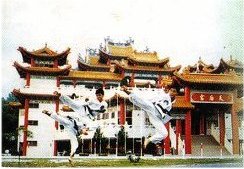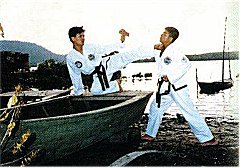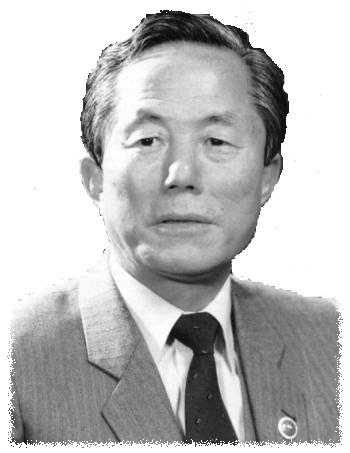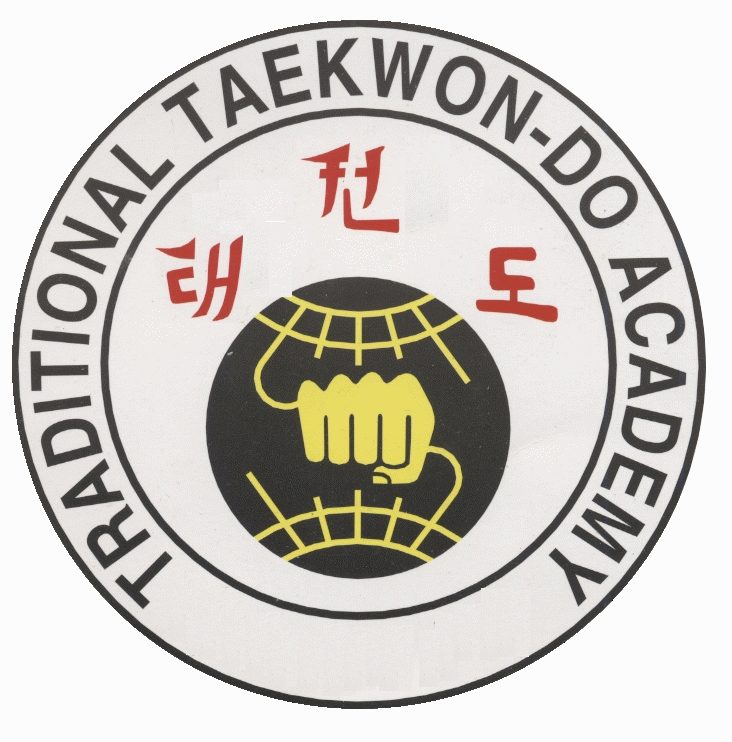 |
C.W. YEOW
|
|
WHAT IS TAEKWON-DO ? |
|
|
Translated literally, Taekwon-Do means "Art of Hand and Foot Fighting". It is more than that however. It is the scientific use of the body in methods of self defence, someone that has gained the ultimate use of its facilities through intensive physical training. As a martial art, it's discipline, techniques and mental training are the cornerstone for building a strong sense of justice, fortitude, humility and resolve. It is this mental conditioning that distinguishes the true practitioner from one who only desires the mastering of the fighting aspects of the art only. |
|
The inherent values of Taekwon-Do are deeply rooted in the traditional moral culture of the Orient. On the technical side, defensive and offensive tactics are based on principles of physics, which teaches one how to generate maximum force by increasing speed and mass during the execution of a movement. Always striving for excellence, General Choi presented Taekwon-Do as in a state of continuous evolution, open to changes that would improve its effectiveness. Since the beginning, Taekwon-Do has never stopped evolving, driven by the strong will and a lot of hard work by its Founder. The leaders of the ITF today also recognize the need to evolve and they are equally passionate about the future of the organization. |
|
|
|
THE FOUNDER, GRANDMASTER GENERAL CHOI HONG HI
At the age of twelve he started to study Taek Kyon, an ancient Korean method of fighting with the feet. Later, when he was studying in Japan, he met a Karate teacher who helped him earn his first degree Black Belt in less than two years. He then intensified his training, striving to earn his second degree. Around the same time, he started teaching. Conscripted into the Japanese army during World War II, he was posted to Pyongyang where he was imprisoned. Wanting to maintain his good physical and mental health during his imprisonment, he practiced karate, alone at first, then by teaching it to the staff of the prison and the other prisoners. |
|
Becoming an officer in the new Korean Army after the end of the war, he continued to teach his martial art to his soldiers as well as to American soldiers serving in Korea. His beliefs and his vision of a different approach to teaching martial arts led General Choi to combine elements of Taek Kyon and Karate techniques to develop a modern martial art. He called it Tae Kwon Do, which means "the way of the feet and the hands", and this name was officially adopted on April 11th, 1955. In 1959, General Choi was named President of the Korean Taekwon-Do Association. Seven years later, on March 22nd,1966, he created the International Taekwon-Do Federation (ITF). |
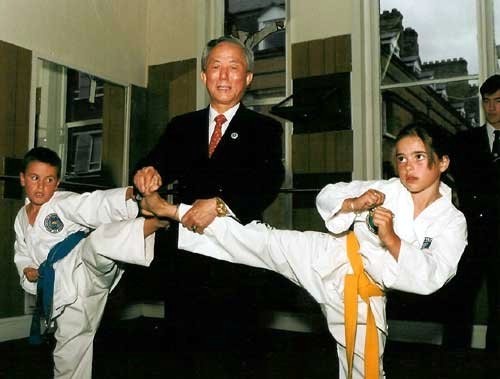 |
|
As the Founder of Taekwon-Do and President
of the ITF, he had the ability to share his art with
students everywhere. Today, Taekwon-Do training is available
around the world. |
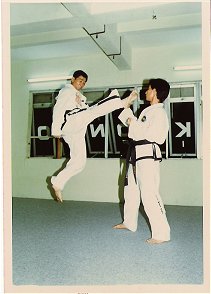 |
Taekwon-Do Today Today Taekwon-Do has developed into a complete martial art offering benefits for everyone:
|
|
Promotional gradings are conducted on a regular basis, where by students progress through the grades with the goal of attaining the coveted status of a blackbelt. There are ten colour belt grades leading up to Blackbelt, each grade requiring the student to have attained a required standard and attended a designated number of classes, the gradings are held locally by a qualified Examiner. Through following our training curiculum, students will learn fundamental movements and application of these techniques by way of Patterns (Tul) and Sparring (Matsogi). The power and accuracy of the technique is tested by the breaking of boards.
|
|
As training in Taekwon-Do progresses student also benefit from the strong moral values of Taekwon-Do. This is reflected in the five Tenets of Taekwon-Do:
General Choi
has set forth the following philosophy and guidelines which will
be the cornerstone of Taekwon-Do and by which all serious
students of this art are encouraged to live. (Excerpted from "Taekwon-Do" (The Korean Art of Self Defense) |
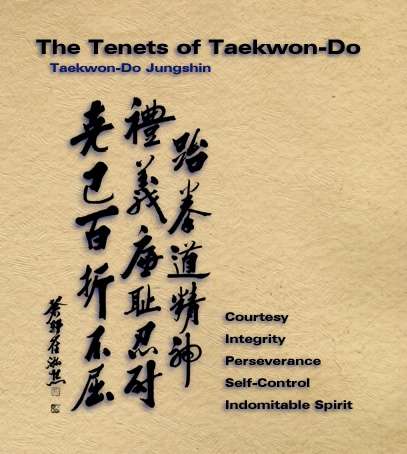 |
|
